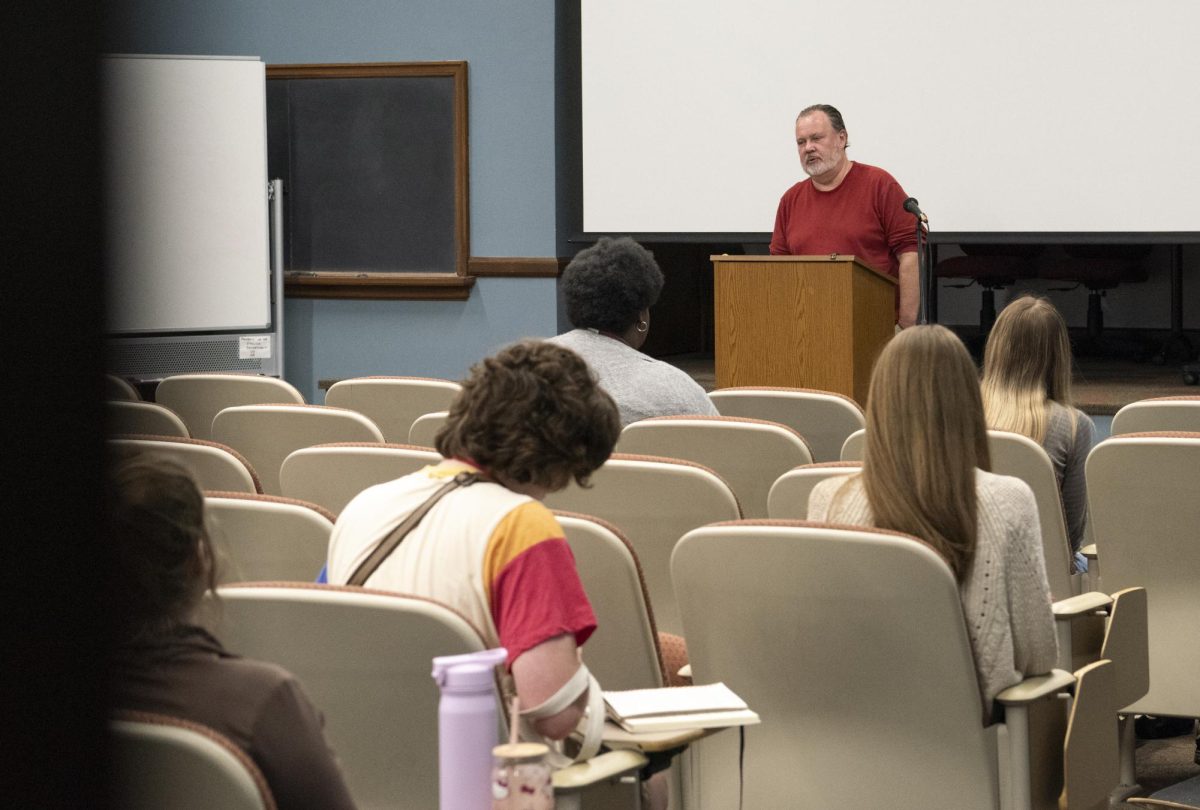Editorial: Higher Education counselors struggle with influx of clients
September 3, 2018
The issue: The number of reported mental illnesses among college students has spiked over the past decade, and their schools have been slow to respond with adequate resources.
Our stance: It is to the detriment of both the students and the university to avoid open discussion about mental health, and they must allocate resources that readily combat the realities of mental illness in the student body.
One in four college students has a diagnosable mental illness.
Colleges often find themselves falling behind the efficiency curve when it comes to addressing new and rapidly growing concerns within the student body, and the recent spike in mental illness is no exception to that trend.
A survey conducted by the Association for University and College Counseling Center Directors found that, “95% of college counseling center directors surveyed said the number of students with significant psychological problems is a growing concern in their center or on campus.”
“The suicide rate among young adults, ages 15-24, has tripled since the 1950s, and suicide is currently the second most common cause of death among college students,” according to the American College Health Association. In 2016 alone, 5,723 individuals in this age group in the United States committed suicide.
It’s no secret that college lifestyles are often a breeding ground for the development and trigger of mental illnesses like anxiety, depression and post-traumatic stress disorder. Students have easier access to drugs and alcohol, and addictive tendencies are regularly dismissed as likely and acceptable consequences of their environment.
Tuition is high, and bills pile up. Homesickness and an unusual strain on personal relationships are common. The stresses of future aptitude and current academic success overwhelm students.
Research conducted by the American College Health Association discovered that “In spring 2017, nearly 40% of college students said they had felt so depressed in the prior year that it was difficult for them to function, and 61% of students said they had ‘felt overwhelming anxiety’ in the same time period.”
According to the National Alliance on Mental Illness, one of the top five reasons students do not disclose information about their mental illnesses to their universities is that there is no opportunity to do so. Another was that they were not aware that “disclosing information could help secure accommodations.”
These schools need to work diligently to provide more openly accessible information to students about the policies and availability of services for mental illness. Students will not attend counseling if they do not trust the institution’s privacy statutes, and they certainly will not visit if they aren’t aware that these resources exist.
Engaging in a university-wide dialogue about the stigmas of mental illness and voicing a commitment to combating such issues is a necessity that regularly does not occur on campuses at the administrative and faculty levels.
Studies show that the number of students willing to visit on-campus counseling centers has increased. Despite 40 percent of universities’ attempts to respond to this influx of students by hiring more counseling staff between 2015 and 2016, campus counseling centers are struggling.
It is wise for schools to invest more into counseling provisions for students, as mental illness directly correlates with enrollment. Sixty-four percent of students who dropped out of college cite mental illness as the primary reason they no longer attend an academic institution.
Progress in the efficiency with which colleges handle students’ mental health issues is undeniable, but this is a starting point. And there is significant improvement still to be made. Awareness is key. But it doesn’t serve students to be aware of a mental illness that they have little means of actively combating.













